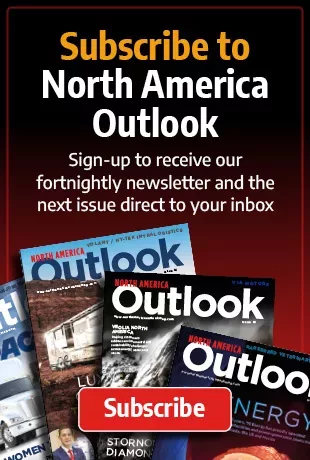Against the backdrop of the COVID-19 pandemic, we preview Hellmann Worldwide Logistics’ COVID-19 handbook and gain insight from David Bang, Global VP of Strategic Development at the organisation.
The COVID-19 pandemic has created a multitude of obstacles during the course of 2020. This has propelled businesses across the world to rethink operations and adopt agile approaches to business in order to deal with the ever-changing global situation.
However, despite such disruption from both a human and a business perspective, a vaccine for the deadly disease has been announced and is being rolled out throughout 2021. With the vaccine now declared safe for us, the logistics industry is tasked with distributing the vaccine to the most vulnerable as efficiently as possible.
Anticipated to be a mammoth task, the Pfizer vaccine for instance, is unable to travel above -70°C more than four times which means logistics companies such as Hellmann are vital.

Some other vaccines are suitable to be transported at more modest temperature ranges like +2 to +8°C or -20°C, but transporting safely billions of doses globally in addition to all other vaccines and healthcare products as well as all other commodities based on stronger economic return in 2021 and 2022, it will surely be one of the most challenging and critical temperature controlled logistics tasks we’ve ever seen.
Logistics has been one of the industries that has undergone the most disruption. As an influential part of value chains, both within and across international borders, logistics firms facilitate trade and commerce while helping businesses get their products to customers.
Initially, the impact of COVID-19 was felt in Asia as a result of the role the region plays in global manufacturing. With over 200 of Fortune Global 500 firms having a presence there, this meant that disruptions to manufacturing in the country then caused issues across global supply chains. For example, cargo was backlogged at China’s major container ports as travel restrictions led to a shortage of truck drivers picking up containers and ocean carriers cancelled sailings. Subsequently, the pandemic spread to the rest of the world and led to lockdowns and border closures which restricted the movement of goods worldwide. For example, air cargo capacity significantly reduced globally and decreased by around 60 percent overall.
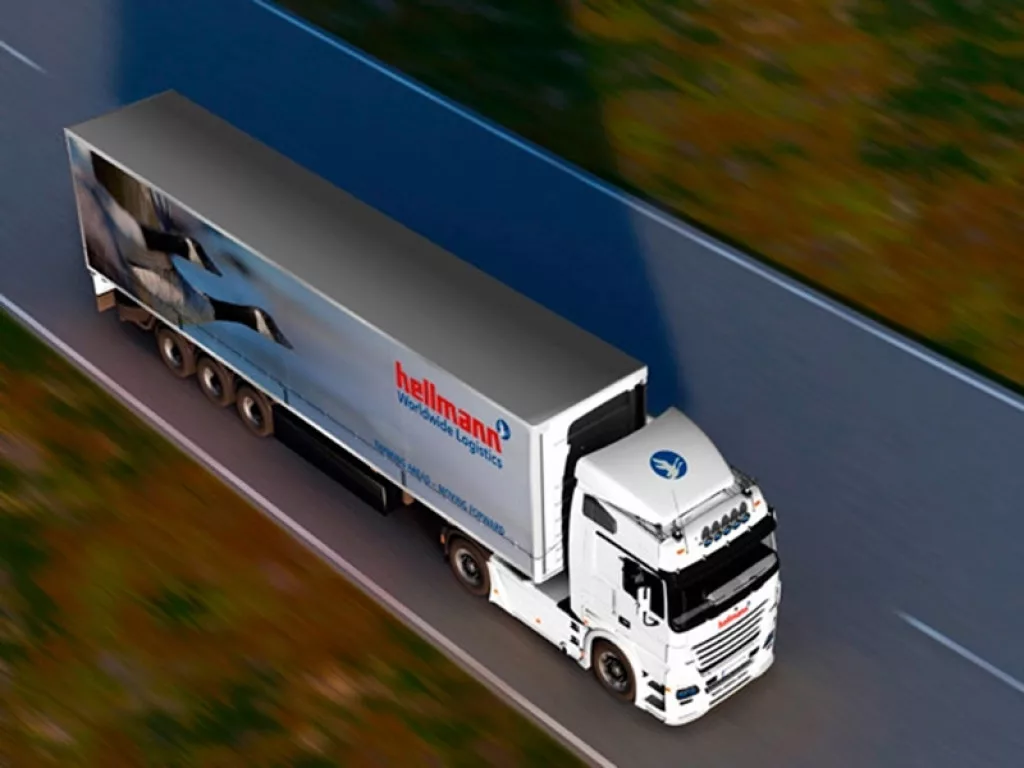
Now capacity is slowly recovering although in many cases still volatile, and we have a monumental task in front of us to distribute COVID-19 vaccines from production to point of care for at least 70-80 percent of global population for herd immunity in every corner of the world, regardless of economic or geo-political bases.
As a result, Hellmann Worldwide Logistics has compiled a COVID-19 handbook which provides commentary from industry experts at Emballiso, Hanhaa, Air France-KLM Cargo, Maestro Cargo and Validaide about the measures taken to distribute the vaccine and the major challenges to overcome.
Founded in 1871, Hellmann Worldwide Logistics has become one of the largest privately-owned international logistics providers. Through its partner network, the organisation is represented across the globe, with around 20,500 employees across 489 offices in 173 countries. Its range of services includes classic forwarding services by truck, rail, air and sea freight, as well as a comprehensive offer for CEP services, contract logistics, industry and IT solutions.
“The handbook isn’t a consulting or academic paper but rather practical contents that are helpful to transport the COVID-19 vaccines safely, securely and cost-effectively from production sites to point of cares”
David Bang
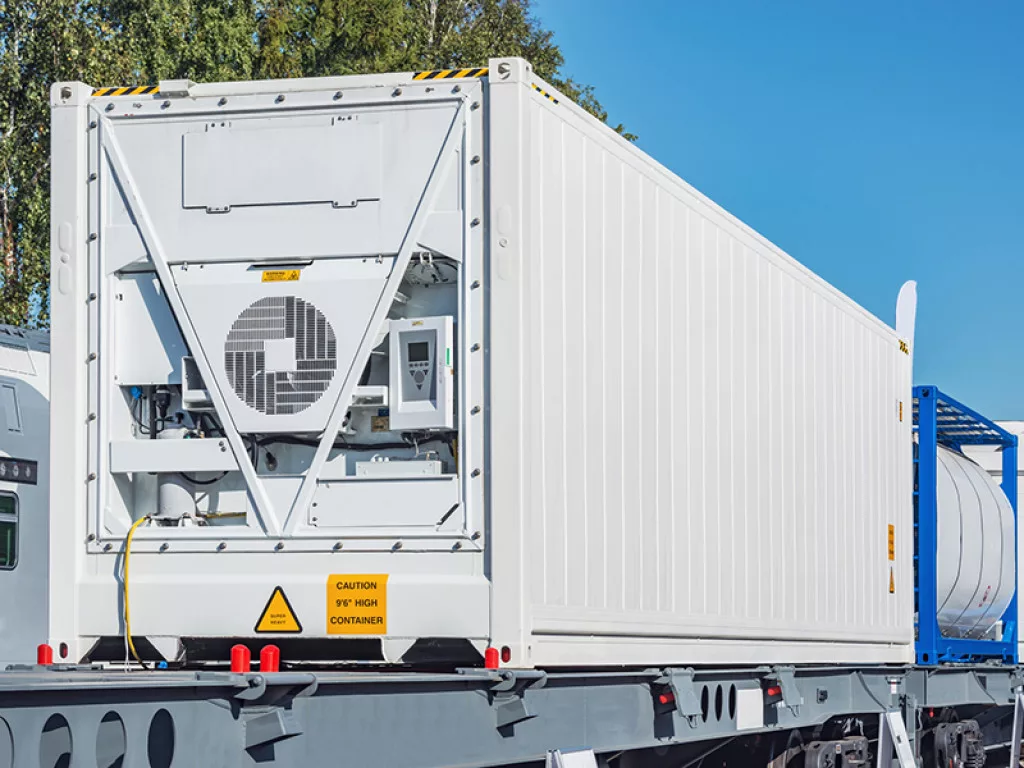
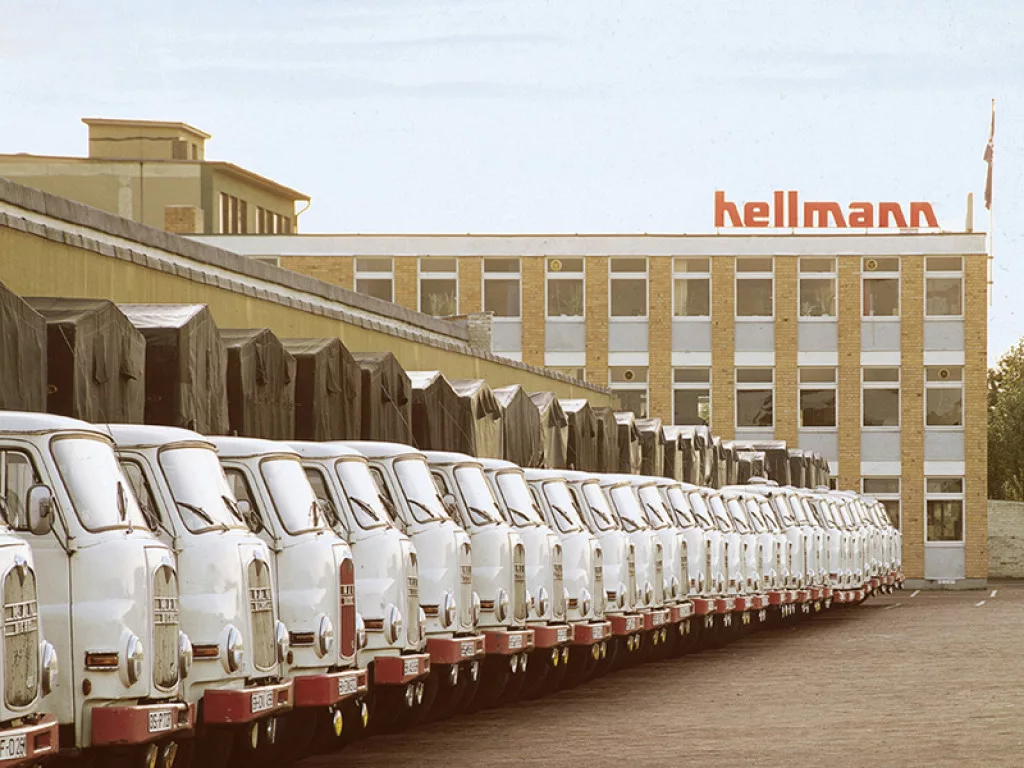
David Bang is the Global VP of Strategic Development at Hellmann Worldwide Logistics. He recognises that 2020 was a challenging year in the supply chain and stresses that lessons have been learnt. “From a supply chain and logistics point of view, the year 2020 clearly showed that, even with many advanced technology advancements, there are still many vulnerabilities in our global supply chain,” he explains. “There was the toilet paper fiasco as well as other consumables you couldn’t find on the local grocery shelves, PPE shortage, etc. However, let’s not forget that there have been nearly one and a half million lives lost globally (as of early December 2020) and millions of other people’s lives have been turned completely upside and down. Although it is not just about the supply chain issue alone, we must learn and improve.”
Most governments have responded to the crisis by designating ports, shipping and trucking services as essential and exempting them from lockdown rules. For example, the Indian government exempted the movement of cargo through ports, supply chains and the transport of essential commodities from lockdown rules. While lots of airports worldwide remain closed to passenger flights, most still remain open to cargo flights.
Even prior to COVID-19, almost 30 percent of global vaccines annually had supply chain and logistics issues, according to GAVI. “And that was only for a two billion dose operation,” says Bang. “Now, with an almost 15 billion dose operation for COVID-19, we need to work and collaborate much better. Hellmann plays an important role in this and wanted to lay out a practical path forward that can benefit many others (even if some of them may be our competitors).


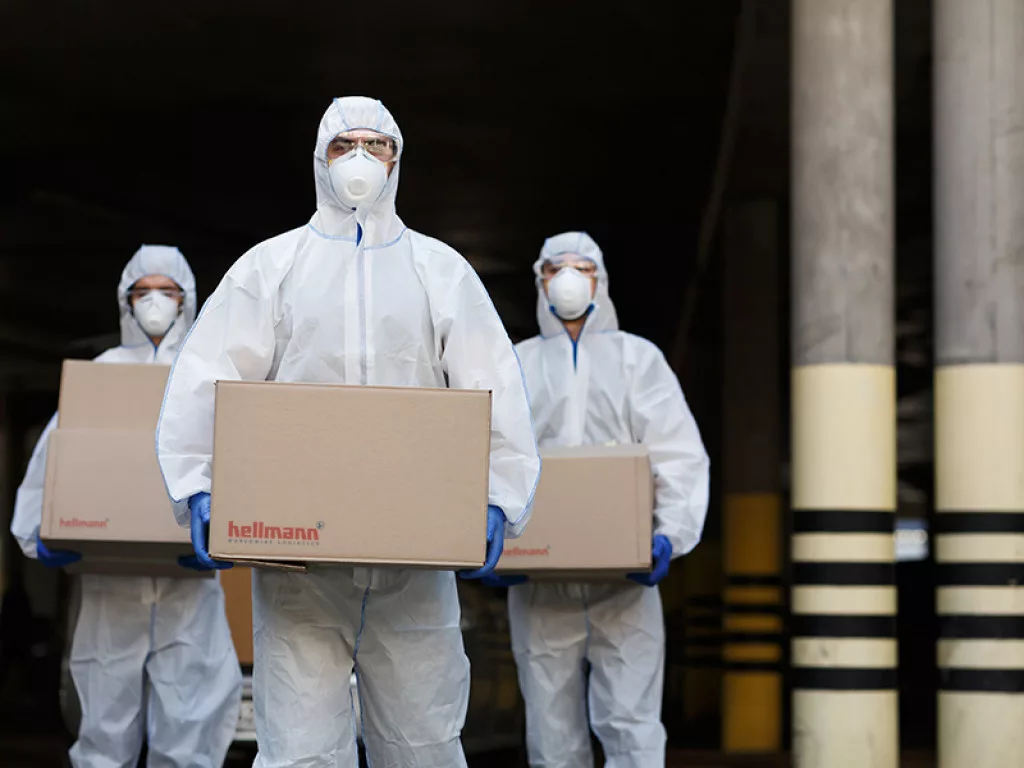
“We are fortunate to have our partners and friends who are like-minded and came along with us for this project and we couldn’t have done this without them. This handbook lays out some practical areas we all can review and reflect on our own organisation to improve and contribute positively to the big picture.”
Bang points out that the handbook isn’t a consulting or academic paper but rather practical contents that are helpful to transport the COVID-19 vaccines safely, securely and cost-effectively from production sites to point of cares, while also adding that Hellmann’s handbook caters to a wide demographic. Also, it covers multiple transport mode situations such as air, sea, and road as well as warehousing and last mile deliveries “You may be with a local government, a logistics company, a distributor, ministry of health, a vaccine producer, or a supplier to a vaccine producer,” he explains. “It’s important that they are equipped with practical and cost-efficient guidance on how to prepare, execute and measure the cold chain logistics of COVID-19 vaccines for the top objective, product integrity and patient safety.”







